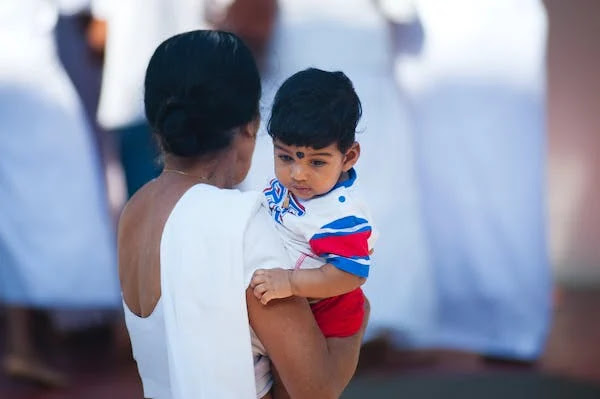This article will definitely send chills down your spine!
Baby throwing, a ritual practiced in specific regions of India by both Hindus and Muslims, is a tradition that has stirred controversy and deep-seated beliefs for centuries. In this ritual, infants under the age of two are handed over to priests, who conduct a ceremonial act involving shaking the baby and then tossing them from the roof of a shrine or mosque, usually at heights ranging from 30 to 50 feet.
The ritual is primarily carried out during the first week of December at two prominent locations: the Baba Umer Dargah near Sholapur, Maharashtra, and the Sri Santeswar temple near Indi, Karnataka. Remarkably, more than two hundred families journey to these sites each year, eagerly participating in this age-old tradition.
The origins of baby throwing are believed to date back five to seven centuries. According to folklore, a pir (a Sufi spiritual guide) once suggested to parents whose infants were gravely ill to construct a shrine and drop their ailing children from the rooftop. This was seen as an act of profound trust in the almighty. In an astonishing twist, as the tale goes, the babies were miraculously cradled to safety in a hammock-like sheet that mysteriously materialized in midair.
The motivations behind this ritual are rooted in deep-seated beliefs. People who partake in this practice genuinely believe that baby throwing brings about good fortune and ensures a long and healthy life for the infants involved. Notably, it's not just the families of the babies who share these beliefs; others who witness the ritual unfolding believe it will also positively impact their own chances of conceiving a child. The broader community at these sites holds the conviction that the ritual contributes to general health and prosperity.
Despite the seemingly positive intentions, the practice of baby throwing has come under intense scrutiny from various children's rights groups, who have branded it as "barbaric." Their collective efforts have led to attempts to ban this ritual in several areas. However, the stark reality remains: baby throwing still persists in certain pockets of India, where it is not only seen as normal but also deeply embedded in religious traditions.
In the quest for understanding diverse cultural practices, it's important to recognize that what may appear as barbaric or shocking to some may hold immense significance and value for others. While the controversy surrounding baby throwing continues, it is crucial to respect the complexity of cultural traditions and the rich tapestry of beliefs that shape them.

Comments
Post a Comment